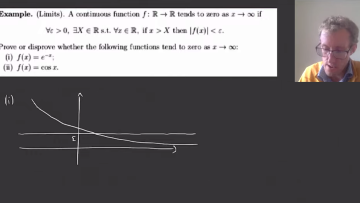16:00
Some things about the class number formula
Abstract
The Dedekind zeta function generalises the Riemann zeta
function to other number fields than the rationals. The analytic class number
formula says that the leading term of the Dedekind zeta function is a
product of invariants of the number field. I will say some things
about the class number formula, about L-functions, and about Stark's
conjecture which generalises the class number formula.


